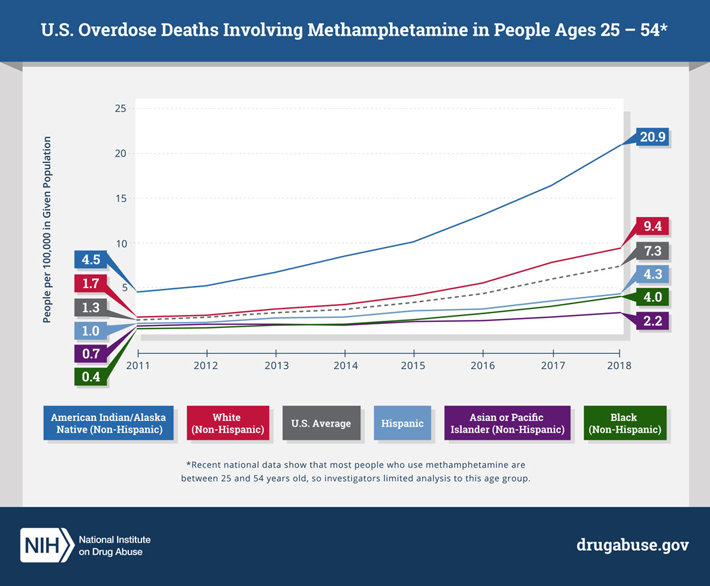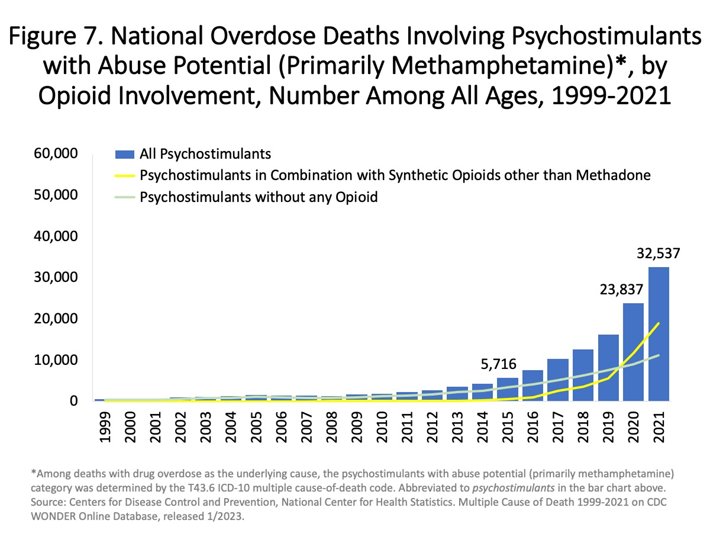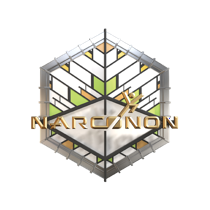Methamphetamine Overdose Deaths on the Rise in Indian Country
Several reports have surfaced in recent years that show an alarming trend on Native American reservations and within Indigenous communities across the nation. While methamphetamine addiction and death are on the rise across the country and in all regions, no group or demographic has been as harshly affected as Indigenous communities.
What the Statistics Show
According to a report published by the National Institute on Drug Abuse, methamphetamine overdose deaths surged between 2011 and 2018 in the United States. While the report revealed a sharp rise in meth addiction and death among all demographics, the report’s authors noted American Indians and Alaska Natives had the highest overall death rates.
From 2011 to 2018, meth-related overdose deaths more than quadrupled among Indigenous Americans, from 4.5 deaths per 100,000 people in this demographic to 20.9 deaths per 100,000 people. Such overdose deaths are more than double the next leading demographic for meth overdoses, white Americans, which is at 9.4 deaths for every 100,000 people within that demographic.

According to experts, the meth crisis has been growing for years while being largely sidelined and even ignored by public health officials and policymakers, as most of their focus has been on the opioid epidemic. “While much attention is focused on the opioid crisis, a methamphetamine crisis has been quietly, but actively, gaining steam—particularly among American Indians and Alaska Natives, who are disproportionately affected by several health conditions,” said Nora D. Volkow, M.D., NIDA director and a senior author of the study. “American Indian and Alaska Native populations experience structural disadvantages but have cultural strengths that can be leveraged to prevent methamphetamine use and improve health outcomes for those living with addiction.” Dr. Volkow and others in the field believe that overcoming the crisis of meth-related deaths among Indigenous communities has to become a central focus for health officials and policymakers, as the death rate within that community rivals that of the opioid-related death rate.
“While much attention is focused on the opioid crisis, a methamphetamine crisis has been quietly, but actively, gaining steam—particularly among American Indians and Alaska Natives, who are disproportionately affected by several health conditions.”
The findings are especially alarming because, before 2010, the meth-related death rate for Indigenous communities was much closer to the national average, i.e., in line with or similar to other demographic and ethnic groups. Experts suggest the only way to curb the rise in addiction and death is to provide those addicted with quality, evidence-based treatment. “Identifying populations that have a higher rate of methamphetamine overdose is a crucial step toward curbing the underlying methamphetamine crisis,” said Beth Han, M.D., Ph. D., M.P.H., and a lead NIDA investigator. “By focusing on the unique needs of individuals and developing culturally tailored interventions, we can begin to move away from one-size-fits-all approaches and toward more effective, tailored interventions.”
Meth-Related Deaths are on the Rise… Everywhere
Though meth addiction is having its worst effects within Indigenous communities in Oklahoma, the Plains region, and Alaska, the crisis is touching all other demographics and geographic areas. According to NIDA’s research on drug overdose deaths:

- In 1999, 547 Americans lost their lives to methamphetamine-related overdoses.
- In 2015, 5,716 Americans died from meth overdoses, an alarming increase from 1999.
- About 20,800 people died from meth overdoses in 2020, and about 32,500 died from the drug in 2021, the most recent year for which data is available.
- Much of the increase in meth-related deaths has been the result of dealers mixing highly potent synthetic opioids like fentanyl into the meth supply, creating an extremely addictive but also highly lethal drug.
- Even when NIDA researchers analyze the meth-related deaths that occurred without synthetic opioids also being involved, the data still show that meth-related deaths have more than quadrupled since 1999.
The Presence of Methamphetamine Addiction in Native American Communities
A U.S. Department of the Interior (DOI) report from 2018 highlighted some of the challenges facing Indigenous communities, primarily the increasing presence of meth within those communities. According to the report, there was a 385% surge in meth seizures in Native American communities just from the beginning of 2018 into early 2019.

However, the report also noted that the vast majority of meth seized by law enforcement in Native American communities is not made in those communities. According to the report, most of the drugs seized on reservations in the Plains Region were trafficked there from sources in large urban areas like Denver and Minneapolis. Those findings suggest there are broader challenges to tackling the problem, including providing addiction treatment services for those hooked on meth but also preventing meth from being trafficked onto Indian reservations.
Another study backed up the DOI report by showing how much more likely Indigenous youths are to experiment with meth than non-Indigenous youths. According to that report, comparative rates for the use of cocaine, crystal meth, and psychedelics range from 7.3 to 8.3 times higher among Native youths than the national average. That finding is alarming, to say the least, because it shows Native American youths are being failed on multiple levels. They’re not being protected from meth and other drugs entering their communities, and they’re not being given the tools and resources they need to avoid drugs and find other healthy ways of coping with life’s challenges.
Methamphetamine has many Short- and Long-Term Effects
A powerful stimulant drug with intense mind-altering effects, meth is sought by users for the energetic sensations they get from the drug and the feelings of confidence, stamina, and invincibility it provides. However, many would argue that the psychological aspects of meth are the less dramatic of its effects, as the drug also produces alarming and harmful physical effects even when it doesn’t cause death.
In the short term, people who experiment with meth are likely to experience effects like:
- Hyperthermia
- Decreased appetite
- Increased breathing
- Rapid and irregular heartbeat
Meth can be quite harmful and can easily cause a fatal overdose, even if used just once. Further, the effects become notably more harmful with repeat use. Long-term effects include:
- Paranoia
- Addiction
- Psychosis
- Weight loss
- Memory loss
- Hallucinations
- Severe weight loss
- Mood disturbances
- Increased distractibility
- Aggressive and violent behavior
- Severe dental and skin problems
- Changes in brain structure and function that can be permanent
The Need for Meth Addiction Treatment in All Communities Impacted by It
Communities affected by meth addiction must be helped. Indigenous communities need access to qualified, residential drug treatment programs that can provide addicted individuals with the tools they need to overcome meth addiction. If you know someone who uses meth, please help them find and enter a treatment center before it’s too late.
Sources:
- NIDA. “Methamphetamine overdose deaths rise sharply nationwide.” National Institute on Drug Abuse, 2021. nida.nih.gov
- NIDA. “Drug Overdose Death Rates.” National Institute on Drug Abuse, 2022. nida.nih.gov
- DOI. “Drugs In Indian Country.” U.S. Department of the Interior, 2019. doi.gov
- JAMA. “Substance Use Among American Indian Youths on Reservations Compared With a National Sample of US Adolescents.” Journal of the American Medical Association, 2018. jamanetwork.com
- NIDA. “What are the long-term effects of methamphetamine misuse?” National Institute on Drug Abuse, 2019. nida.nih.gov


